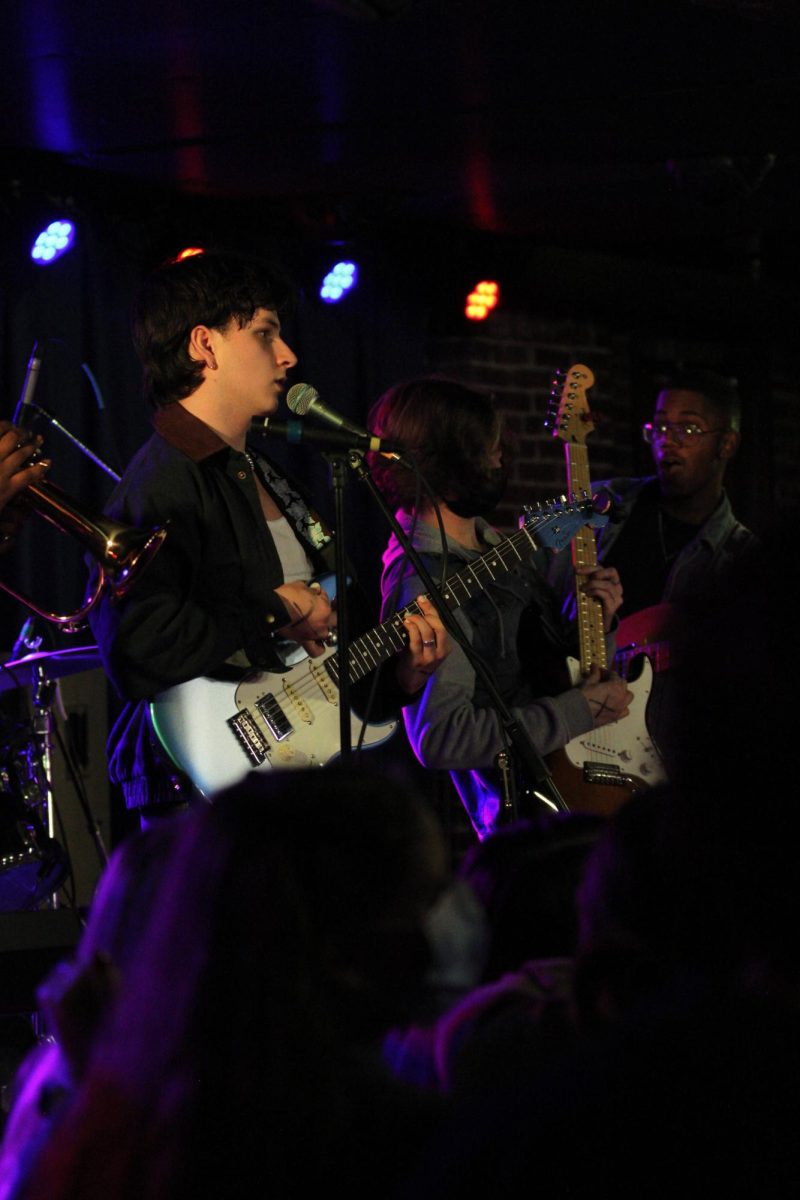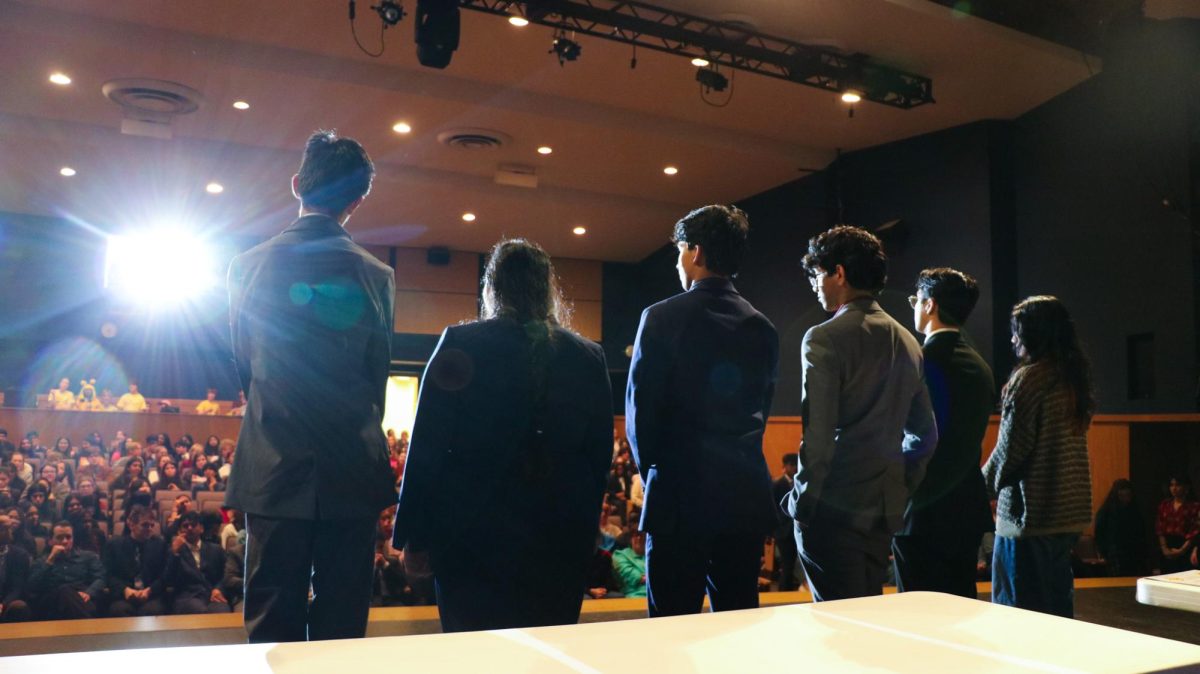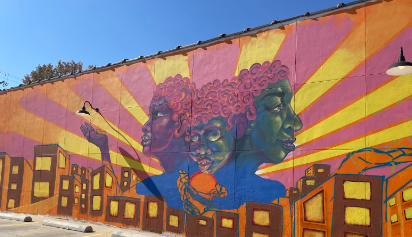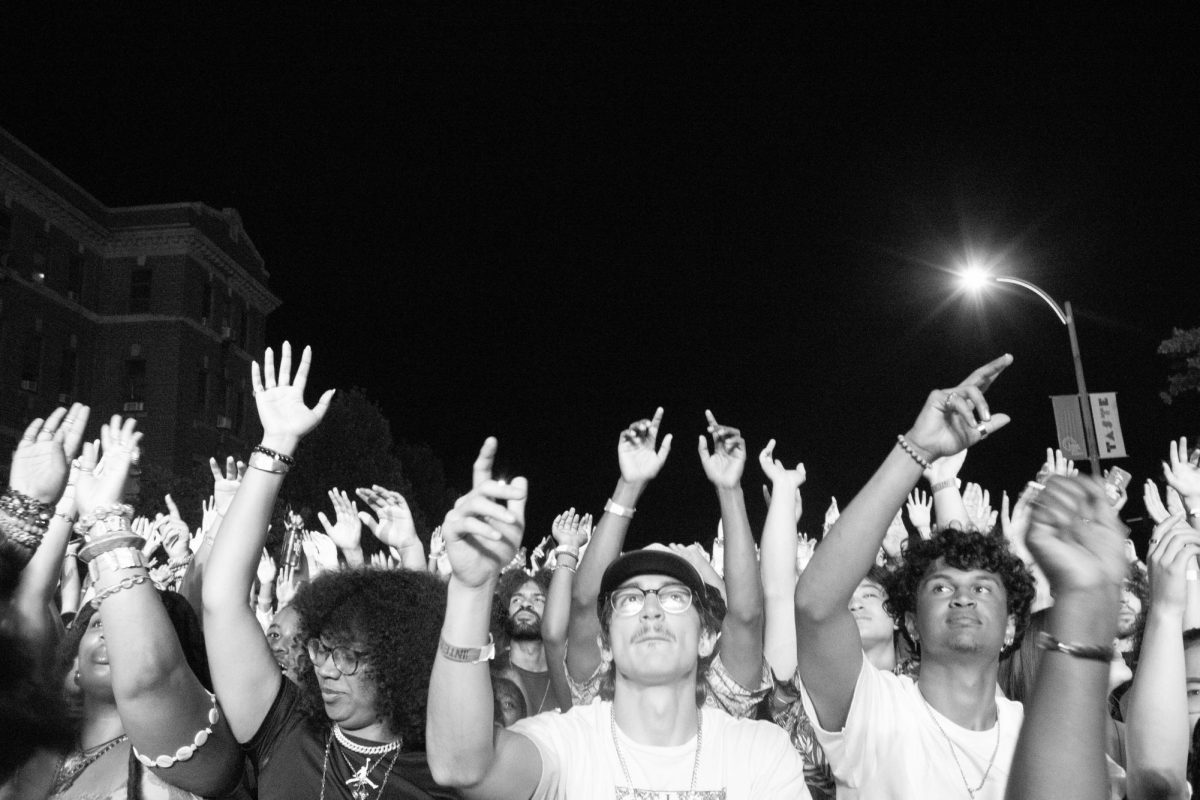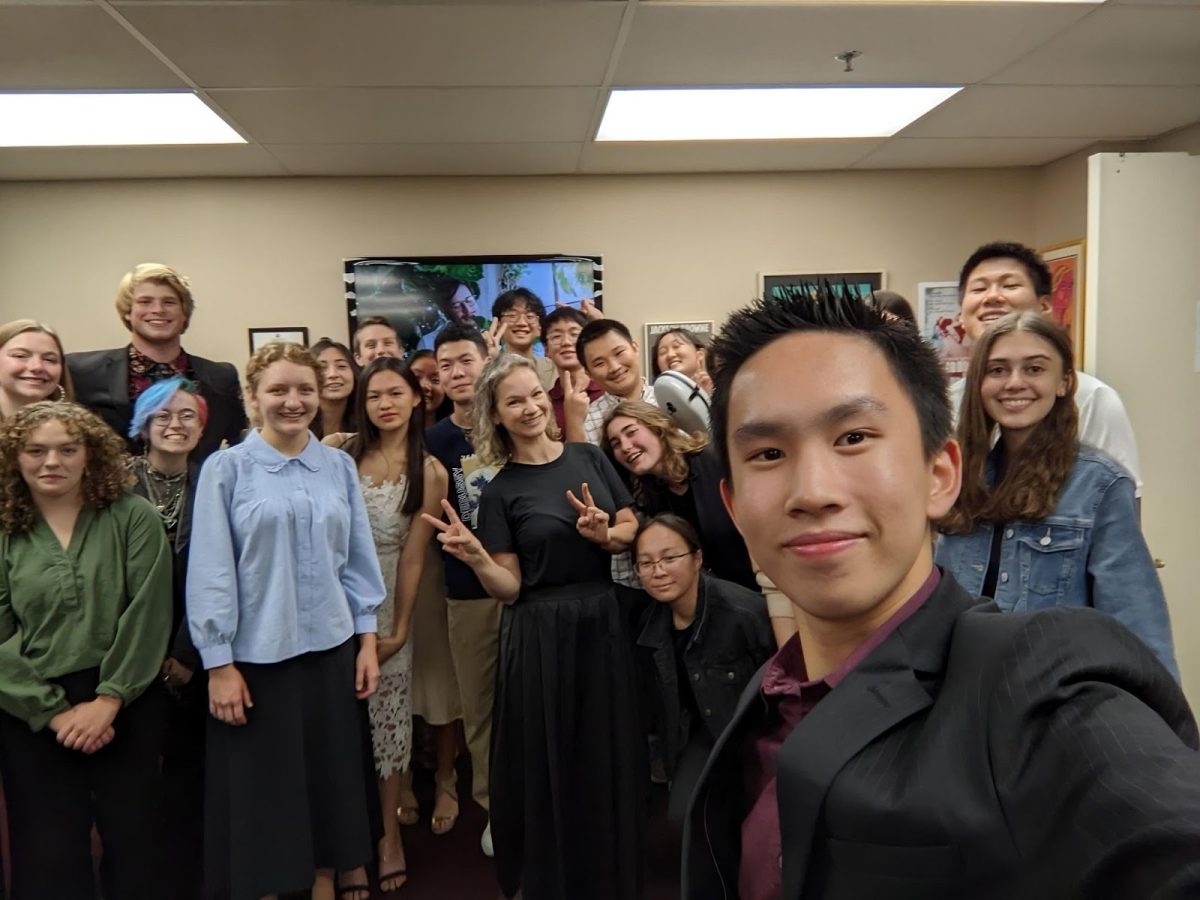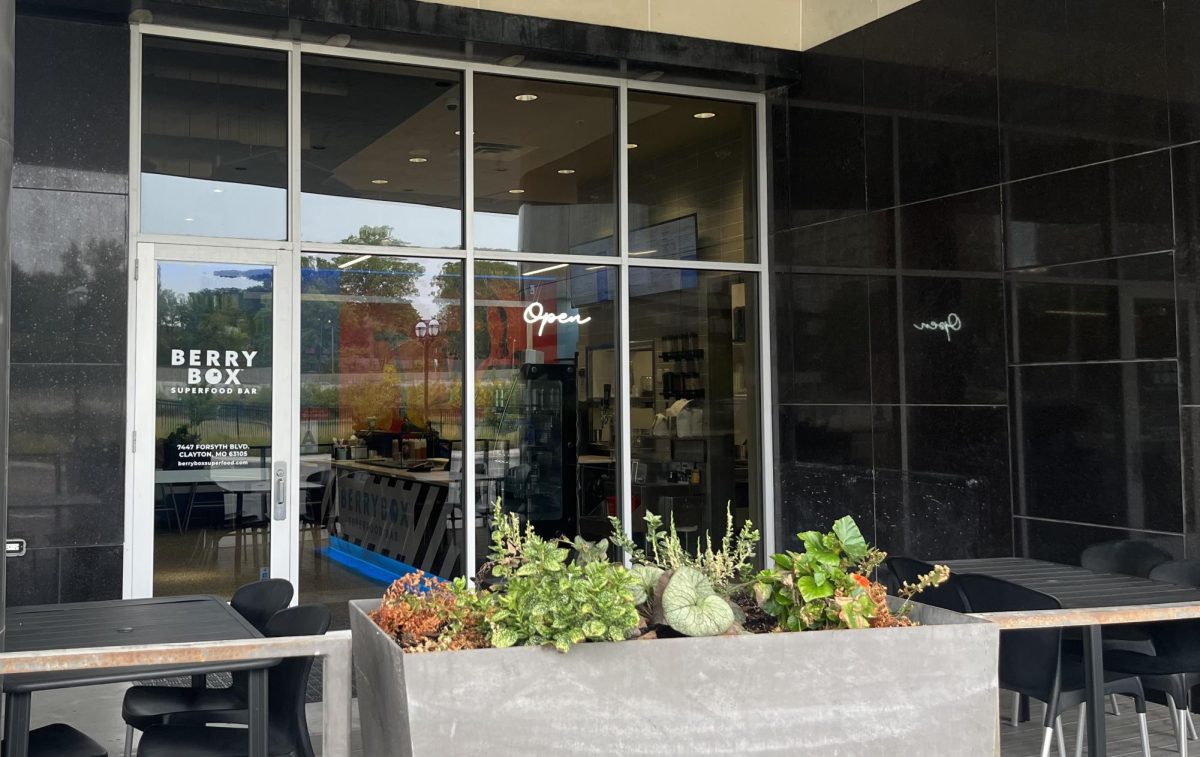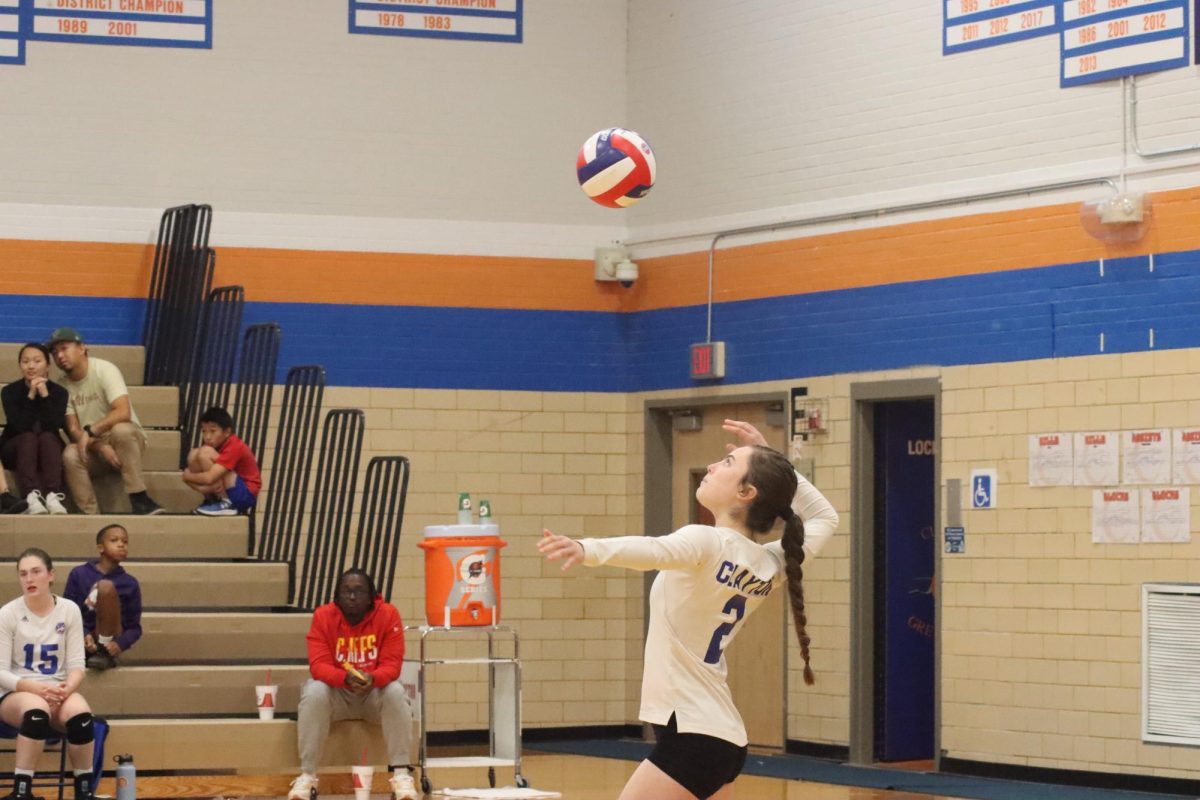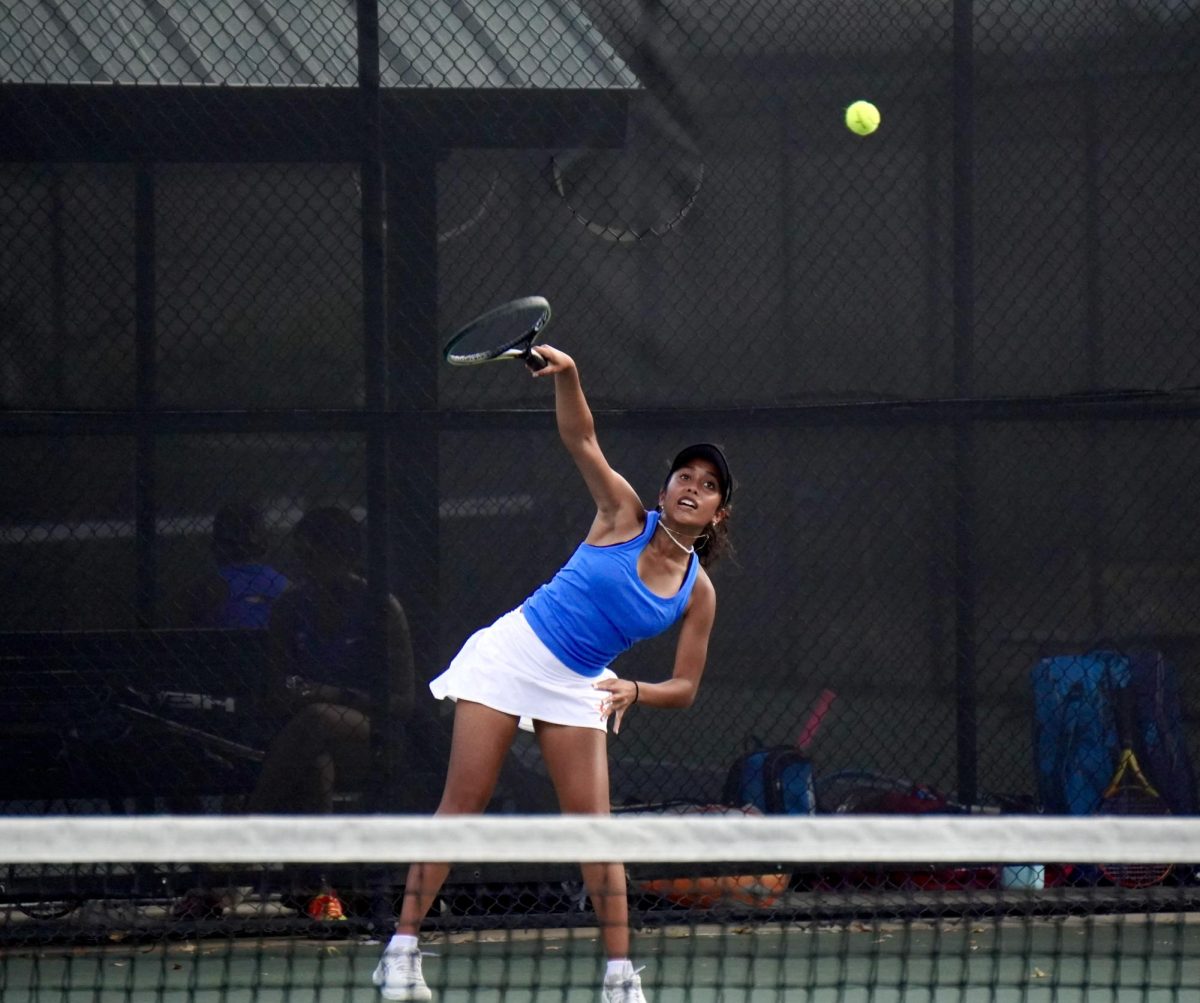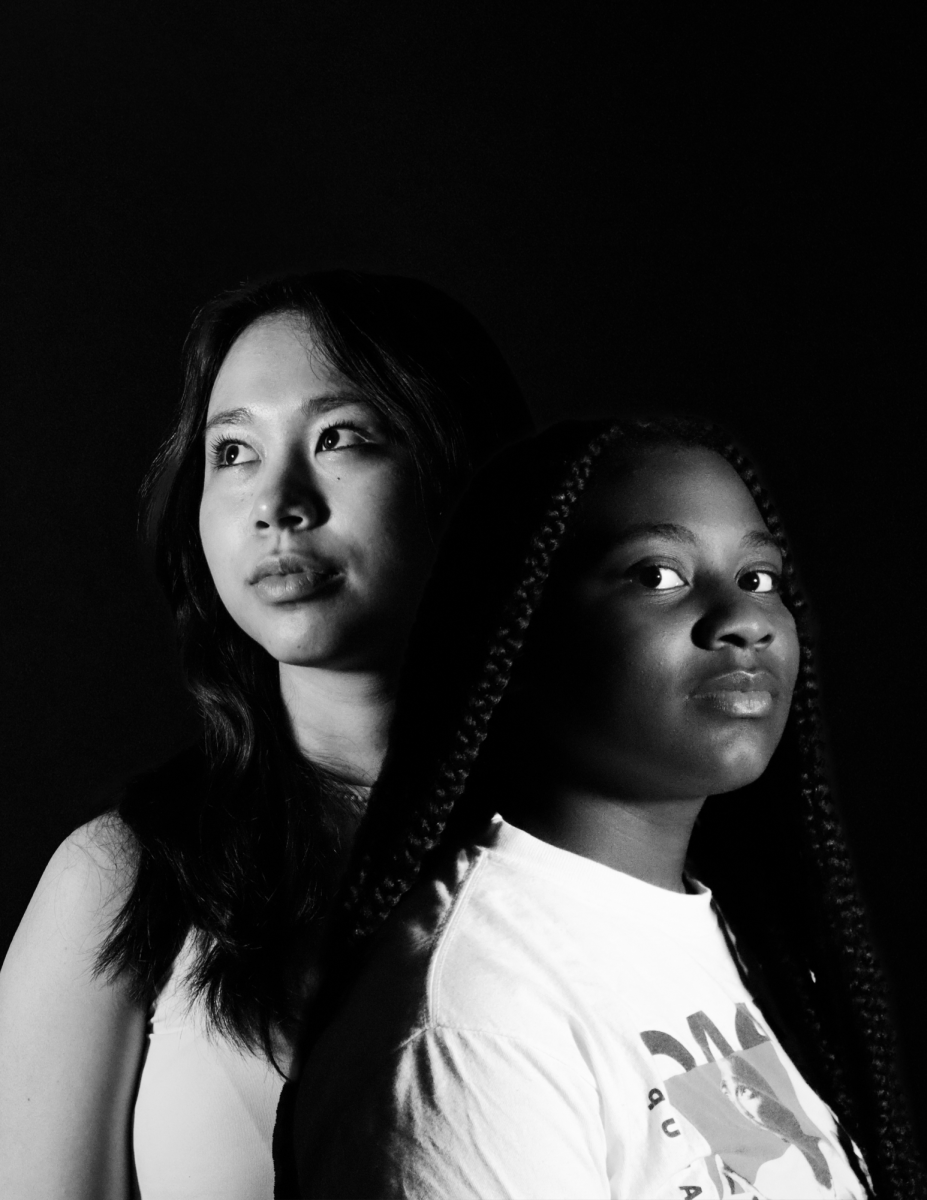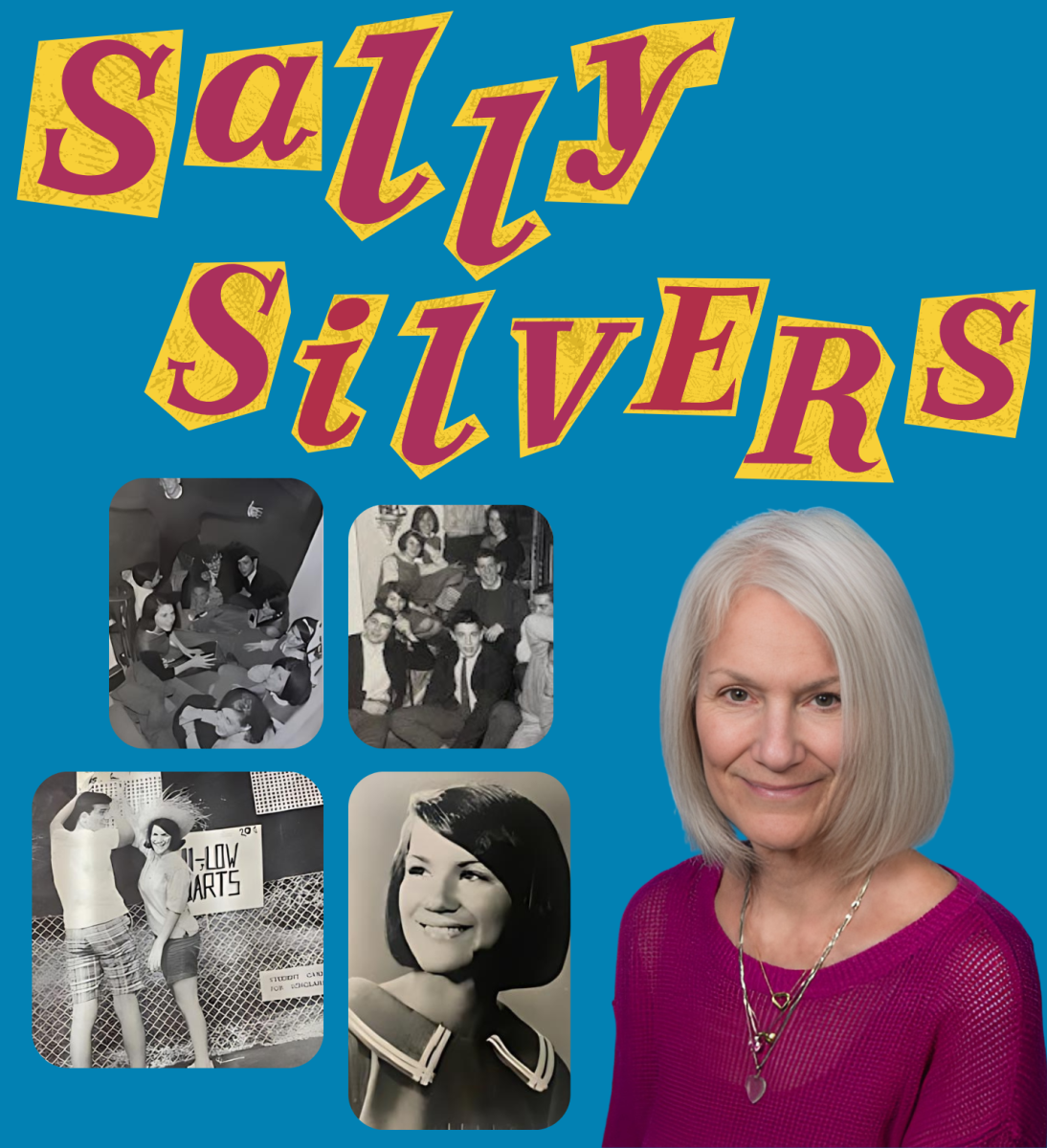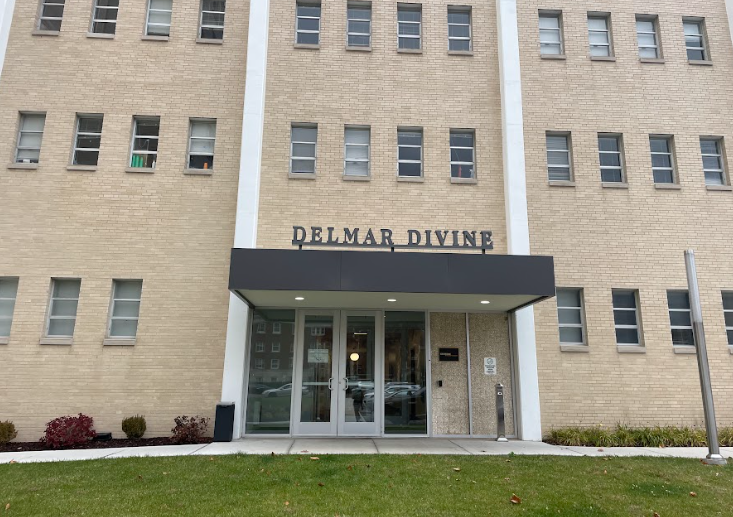The thunderous roar of the crowd. The ardent warmth of the sun. The nutty aroma of roasted peanuts on your tongue. The sight of the red Cardinals, beaming as they take the field — who would know you are standing above a history of displacement?
The legacy of Chinatown in St. Louis began with the arrival of just 250 Californian immigrants who established residence in Hop Alley, between Walnut and Market Street, after constructing part of the transcontinental railroad. Immediately, this community became the hub for the Chinese population in St. Louis. However, Hop Alley remained small due to the federal Chinese Exclusion Act of 1882, curtailing Chinese immigration.
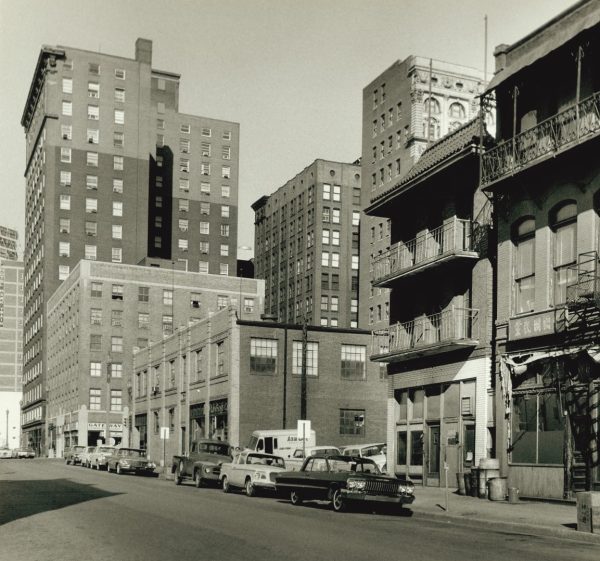
Over time, many restaurants settled in Chinatown. An entry point into the Chinese community for businesses, it soon became home to numerous family-owned laundries and supermarkets.
Hop Alley was also a cultural center. Those residing in the area preserved traditional art forms and language education.
Yet, Hop Alley had its fair share of stigma, even deriving its name from the racist stereotype that its residents were “hopped” on opium.
“While the city’s residents readily patronized their businesses, they did not welcome the Chinese themselves, regarding them as ‘peculiar’ creatures. Hop Alley was seen as an exotic place where criminal activities such as opium manufacturing, smuggling, smoking, tong fighting and murder existed,” Huping Ling, a professor at Truman State University and author of multiple books on Chinatowns across the country, said.
While the city’s residents readily patronized their businesses, they did not welcome the Chinese themselves.
— Huping Ling, Truman State University Professor
In the early 1960s, city planners decided to demolish Hop Alley.
“The Chinese community reacted to the downtown renewal with deep sorrow and a reluctance to move, but no organized resistance,” Ling said. “In early February 1963, Chinatown residents greeted each other ‘Gung Hay Fat Choy,’ but wondered if they were going to have a ‘happy and prosperous New Year.’”
By 1966, before a land clearance project to build Busch Stadium commenced, only 30 senior Chinese citizens in the laundry business resided in Hop Alley—only to scatter as their employers moved to new locations.
Olive Boulevard, since the 1990s, serves as the new unofficial Chinatown in St. Louis. Yet, although the Chinese population in St. Louis has steadily grown in recent decades, the unofficial Chinatown in Olive Boulevard struggles to maintain its legacy.
Chinatown faces problems of gentrification. In a Public Participation Appendix-C survey, participants described Olive Boulevard as “disjointed,” “cluttered” and with a “lack of police visibility.” The “historic character” and image of the boulevard were elements participants viewed as more “bad” than “good.”
In 2022, a new Costco retailer was built on Olive. Many restaurants were forced out by city officials, adding to the gradual demise of the new Chinatown, which faces a fate similar to that of Hop Alley. Many historic establishments struggle to survive, with larger businesses and competing shopping centers entering the area.
A high crime rate and few community efforts contribute to the undesirability of living and working in Chinatown. The region lacks quality education and financial resources, yet it remains an essential element of St. Louis’ Chinese-American food and cultural scene.
I am constantly surrounded by an American society. Visiting Chinatown and meeting new people who suffer from the same half-and-half heritage conflict allows me to feel more in place.
— Jaylyn Lin, junior
“Getting boba tea in Chinatown connects me to my Chinese heritage. One of my fondest memories is taking my first-grade teacher to eat authentic Chinese food there,” junior Jaylyn Lin said. “I am constantly surrounded by an American society. Visiting Chinatown and meeting new people who suffer from the same half-and-half heritage conflict allows me to feel more in place.”
Chinatown continues to undergo an evolution, in physical and sociocultural space. However, the underlying nexus in Chinatown remains the same: a community of Chinese Americans whose identity and shared experiences can flourish, even as its neighborhood appears to succumb to gentrification, will always thrive in St. Louis.







